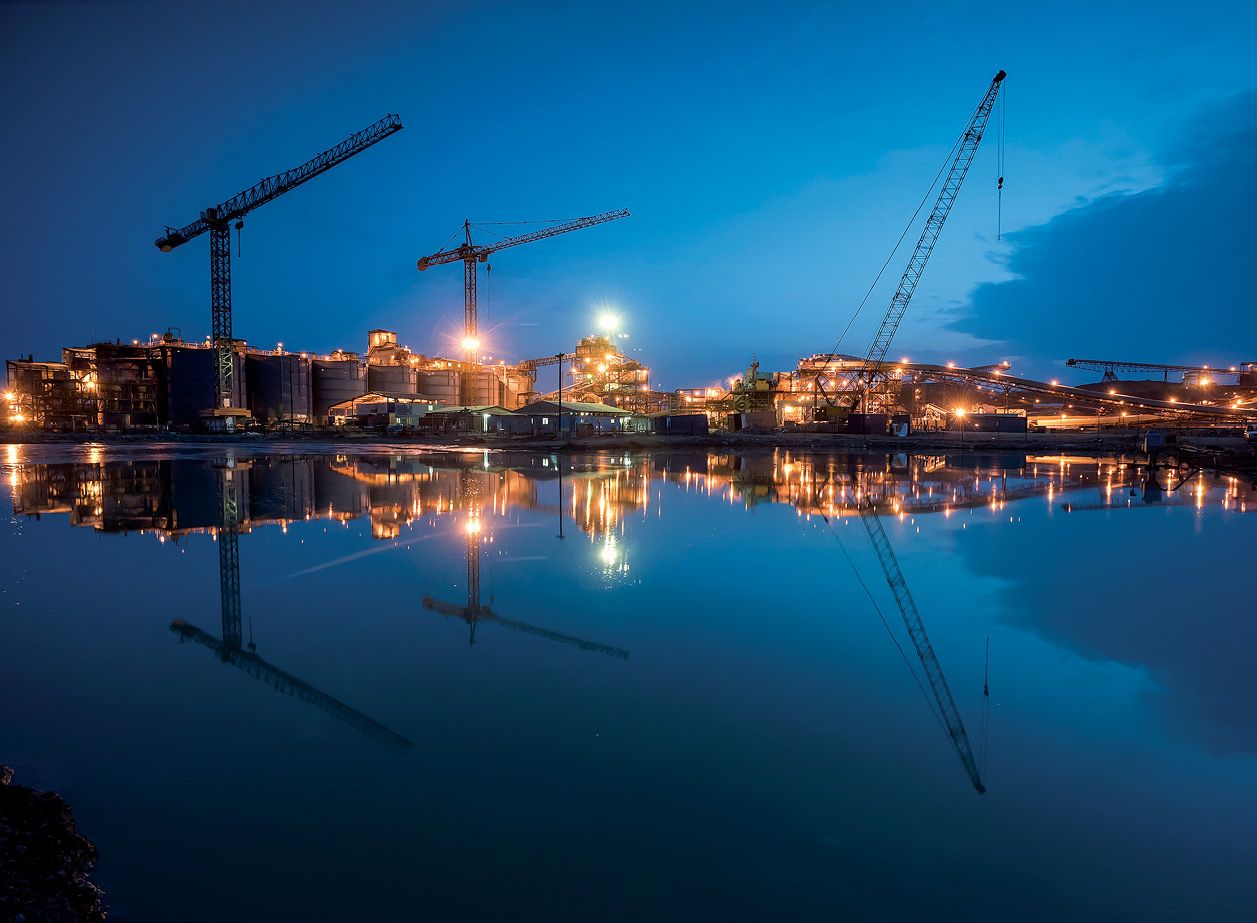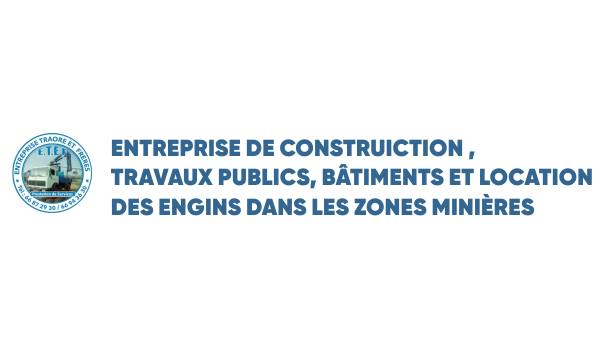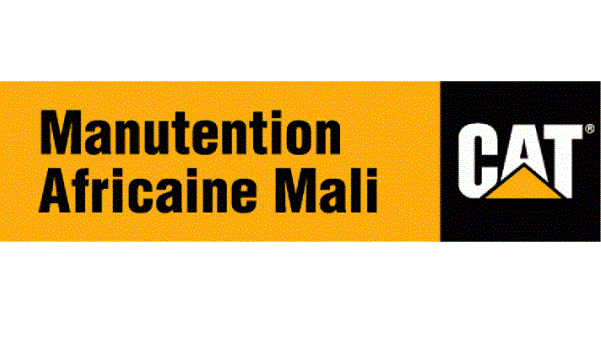
In 2022, the Barrick Gold Corporation marks a quarter of a century operating at the Loulo-Gounkoto Mine in western Mali. At Barrick, which previously operated in the country under the name Randgold Resources, the goal is to stay in the country for another twenty-five years. That sentiment alone tells us a lot about the relationship between the country and the company marketing its silver anniversary year. Business Excellence made the decision to visit the project in order to learn the keys to a successful mining partnership.
“Loulo-Gounkoto is one of the world’s greatest gold mining operations and it continues to confirm its status as a member of the industry’s elite Tier One1 club as well as the largest private sector contributor to Mali’s GDP. In addition to the enormous value it creates for its stakeholders, Loulo-Gounkoto also aspires to a high level of social responsibility”… Mark Bristow, Chief Executive.
Loulo-Gounkoto Gold Complex
The Loulo gold mine is owned by Société des Mines de Loulo SA (Loulo), and the Gounkoto gold mine is owned by Société des Mines de Gounkoto (Gounkoto). Barrick (80%) and the State of Mali (20%) own Loulo and Gounkoto, respectively.
Loulo-Gounkoto is widely considered to be one of the world’s finest mining operations. Located in one of the world’s most prolific gold regions in western Mali, close to Mali’s border with Senegal, it has arguably been the world’s most productive gold regions since Randgold Resources first began production there in 2005. At that time, the mine, which was significantly smaller, constituted two open pit mines at Loulo (Yalea and Gara, subsequently converted to underground mines).
In 2009, the company made a Greenfield discovery at Gounkoto, leading to an open pit mine being established there. It first produced gold in 2011. Success lead to further expansion, and soon, there were satellite deposits and a 4.8 Mtpa capacity processing plant, and several other associated mine operations and regional exploration infrastructure. A pattern of productivity, reinvestment of funds, and collaboration with the local community was firmly in place.
Ongoing Developments
In 2022, thanks to a series of new initiatives, the Loulo-Gounkoto mine is even bigger now than it was a decade before. Through adept management of the firm’s resources, Barrick has been able to replace depleted reserves through successful brownfield exploration and exploration conversion. In late 2021, the complex’s third underground mine started at Gounkoto, and production quickly ramped up there, against the background of Covid-19.
Exploration - much of it successful - also continues apace. Barrick has received promising results from the Yalea Ridge and Gounkoto-Faraba targets, indicating the potential for further life-of-mine extensions. Clearly, Loulo-Gounkoto is benefitting from Barrick’s refocusing on its six tier-one mines, of which it is one. Although its chairman is keen to emphasize that the exploration efforts are not an attempt to replenish existing stocks, but to find a whole new tier-one mine.
When that’s ongoing, the company continues apace with ensuring the mine continues to be best-in-industry. Loulo-Gounkoto was chosen to pioneer an innovative solar power project, adding 20MW to the complex’s gride, reducing the unit cost of its power, and cutting carbon emissions by around 40,000 tonnes per year. This is the first of its kind in the Barrick Gold Corporation and in this region of Africa. It may yet be a milestone for how electricity is generated at mining operations on the continent.
Socio-economic partnership
Business Excellence has had the opportunity to profile several of Barrick’s mines across the world, and an emphasis on project socio-economic impact is a running theme. Loulo-Gounkoto is no different. “In the first half of the year, we’ve contributed $337 million to the Malian economy in the form of taxes, royalties, dividends, salaries, and payments to local suppliers, taking the lifetime contribution of Barrick, previously Randgold, to $8.5 billion,” Mark Bristow states.
Barrick has invested more than $15 million in community welfare initiatives ranging from health (5 community health centers built, providing vaccines and HIV testing), water (63 boreholes and 25 water supply systems built), sports and education, to economic development programmes such as its Business Accelerator programme, which aims to provide aspiring entrepreneurs with management skills.
A farm for Kenieba women and three water supply systems are among the other sustainable economic community projects located near the mine. The Loulo agricultural college, a sustainable regional agribusiness foundation, has already trained nearly 200 men and women and established over 30 farms. 5 dams have also been constructed, in addition to annual seed and fertiliser donations.
The importance of education is also underlined to local communities. Since 2005, Loulo-Gounkoto has built 20 schools in neighboring villages, increasing enrollment from 500 to more than 5,000. Barrick also provides for student bursaries and teachers’ salaries.
Given that the complex is staffed primarily by Malians (approximately 5,608), including men and women from the surrounding Kenieba village. Human capital development is extremely important to Barrick. Adults are not only given jobs at all levels, but hundreds of them are trained locally and internationally to develop the skills and capacity to operate key mining equipment, understand structure and processes, and have careers in the region's thriving mining sector. The impact of this initiative will last far beyond the life of the mines, effectively increasing the long-term socioeconomic impact.
Loulo-Gounkoto accounts for 5% of the Group's total emissions (351,726 t CO2e in 2021), and key sustainability initiatives such as planting 23,000 trees on 150ha in 2022 alone, expanding the current 20MW solar plant to 60MW and 36MVA battery and energy storage system, and establishing a waste recycling business that processes 730m3 wood, 2,750 metal drums, and 4,500kg cans annually are some of the important initiatives championed in Mali.
Impact of Covid
Barrick had been preparing for the impact of Covid-19 without even knowing it was coming: The mines at Loulo-Gounkoto are among the most highly automated in Africa, meaning that much of the labour-intensive work that would have had to stop during the pandemic went ahead uninterrupted. But Barrick also took the fight to the virus, vaccinating close to half of its employees and nearly 400 from the mine’s surrounding community. As more waves of the pandemic arrived, Barrick continued to up defenses for its employees, gaining an ISO certificate for health safety in the process. The result was an impressive production of 680,215 ounces of gold in 2020, exceeding its full-year guidance for the Loulo-Gounkoto mine complex for that year despite the pandemic and other challenges.
Strategic Supply Chain Partners
“The strong and mutually rewarding partnerships we have forged with the government, local business partners and our host communities are the key to our success and an example to Africa’s other mining countries,”. As one might expect of one of Barrick’s tier one mines, the range of supply chain partners involved at Loulo-Gounkoto is itself top tier. This begins with the technology and equipment used at the mines provided by well-known names such as Boart Longyear Canada the mining drilling company with projects across the world, Sandvik Mining and Construction Mali, and ETEF Mali, one of the largest subcontractors in Mali’s mining sector. Proprietary software developed by DCS Mali SARL ensures that all systems in the mine are working in tandem.
In terms of mining, engineering, and construction consulting, there is also a stellar cast. These include Golder Associates Mali and GIE Amis de la Nature. Mining services are provided by Societe de Forage et des travaux Publics (SFTP) Mining (construction), Maxam Mali S.A.R.L. (emulsions explosives and down-the-hole services), Ma-sud SARL (construction and electrical) and Manutention Africaine Mali (Energy). The list is other locals like Ciment et Matériaux du Mali (cement and construction materials), and Agence Mali Management (security services).
The Future
Earlier this year, it was announced that the life of Loulo-Gounkoto had been extended to 2037, and with an intensive exploration program underway in the Kenieba region of Mali, it’s likely that Barrick Gold is set to continue its prosperous collaboration in the country. With its 10-year plan now on the horizon, and most if not all targets being set, the attention will soon turn to the next 10-year plan for Barrick and Mali.
What might that mean? To put the Loulo-Gounkoto mine in context, when the mining licenses were first awarded a quarter of a century ago, Mali’s national GDP was less than $3 billion. In 2021, it passed $19 billion. Loulo-Gounkoto is not the only driver of that growth, but as Mali’s largest taxpayer, it is an important one. We can justifiably hope that the next 10-year plan is even more ambitious than the first and that those numbers continue to tick upward.
DOWNLOAD
 Loulo-Gounkoto Mine -Spread.pdf
Loulo-Gounkoto Mine -Spread.pdf















